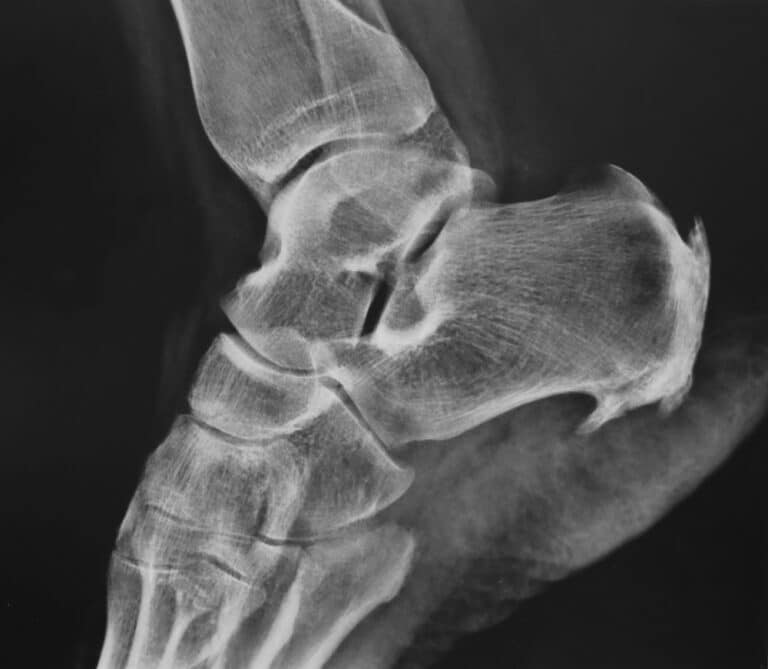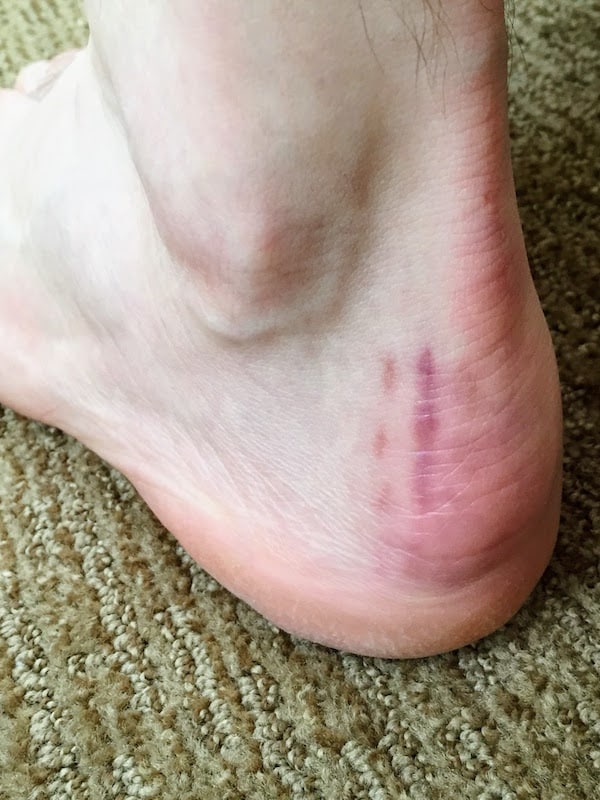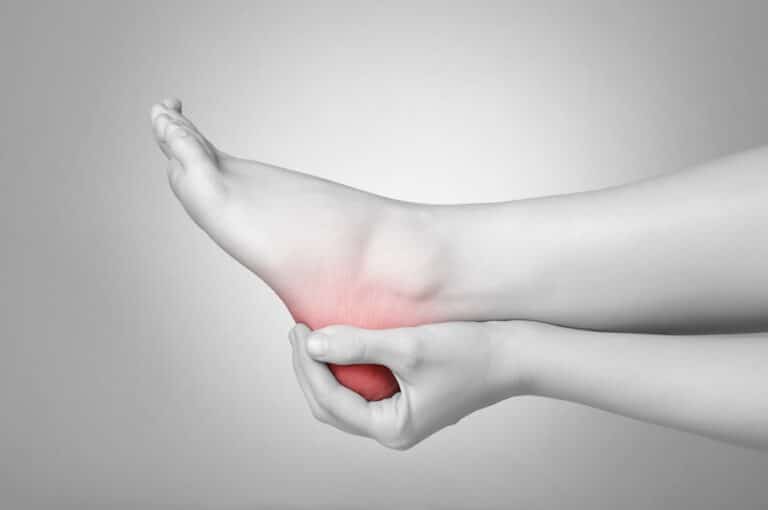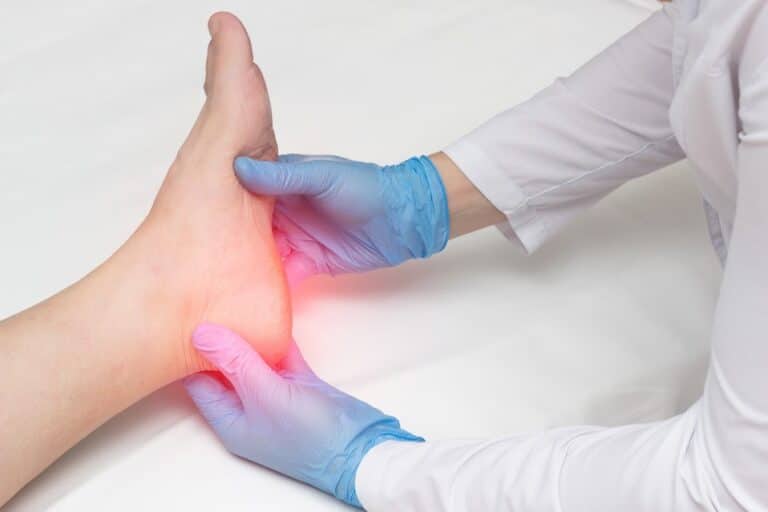Numerous people, from athletes to the elderly and individuals with poor blood flow, are prone to getting corns on their feet. They can form in different places on the feet. Since there are different types of corns many patients ask – what is heloma durum? This type of corn is actually referred to as hard corn, which typically appears on top of the toes. The stubborn problem can be solved. The last option is always corn removal surgery. Let us help you with our instructions in this blog.
Get a 10% Discount on Corn Removal Surgery
What Is Heloma Durum?
A hard corn is also known as heloma durum. It is a type of corn that develops on the skin of the feet or toes in response to friction and pressure while the person is walking. It typically has a small, raised, and hardened center, and it’s shaped like a corn kernel. Heloma durum can be painful or uncomfortable when pressed. Hard corns usually develop on the edge of the pinky toe or on the top of the toes. These areas are sensitive since the skin over the bone is pressured inside a shoe.
What Are the Causes of Heloma Durum?
The primary cause of heloma durum is pressure or friction on the skin of the feet or toes. Individuals who wear ill-fitting shoes or socks that rub against the skin will develop hard corns frequently. Then, high-heeled shoes or shoes with narrow toe boxes cause issues as well. Other major reasons behind heloma durum formation are deformities or abnormalities in the feet, such as bunions or hammer toes.
What Are the Symptoms of Heloma Durum?
The main symptom of heloma durum is the development of a thickened and raised area of skin on the feet or toes. If you experience pain or tenderness when pressure is applied to the corn, you might be dealing with heloma durum. Also, pay attention to signs such as discomfort when wearing shoes or walking, dry texture on the surface of the corn, and its gray or yellow appearance.
How Is Heloma Durum Diagnosed?
Hard corns can usually be diagnosed through a physical examination by a doctor or foot specialist. During the exam, the healthcare provider will look for signs of a raised or thickened area of skin on the feet or toes, along with symptoms such as pain, tenderness, or discoloration. In some cases, the healthcare professional may also order additional tests or imaging studies to rule out other foot conditions or to assess the extent of the corn.

What Are the Treatment Options for Heloma Durum?
The treatment options for heloma durum, or hard corns, depend on the severity of the corn and the underlying cause. Patients might be advised to wear properly-fitting shoes to reduce the pressure on their feet, or the healthcare professional might suggest soaking their feet in warm water to soften the skin and reduce pain. Also, applying creams and over-the-counter pads would help as well. In more severe cases, a hard corn removal surgery might be needed.
Non-Surgical Treatments
As we’ve already mentioned, non-surgical treatments include soaking the feet in warm water for 15 minutes to soften the skin and then using a pumice stone to remove the hard corn. Next, wearing comfortable shoes will prevent hard corn from returning. If you have flat feet, it’s important to find comfortable running shoes that won’t cause too much friction. What is more, applying a moisturizer that will keep the skin soft can prevent future corns. Using lotions with salicylic acid will dissolve the thickened skin.

Surgical Treatments
Surgical treatment for heloma durum is usually considered only in severe cases where non-surgical treatments have been ineffective. Patients can undergo corn removal surgery.
In this procedure, the healthcare provider will use a scalpel or another specialized tool to remove the underlying tissue of the corn. This can be performed under local anesthesia.
If the corn is a result of an underlying foot deformity, such as a hammer toe or flat feet, correcting the problem is advised. For example, a bunion or a hammer toe may need to be surgically corrected to reduce pressure on the toes.
Surgery is generally considered a last resort and should only be performed by a healthcare professional with experience in foot surgery. Your healthcare provider can help determine if surgical treatment is necessary.

Talk to Your Surgeon in Miami About Heloma Durum
Are you unsure whether you should stick to the non-surgical procedures or consider getting surgery? Don’t make any decisions without first consulting your surgeon in Miami. Our team at Luxe Foot Surgery can schedule an appointment, and a healthcare professional will diagnose the problem and talk about possible options for removing your heloma durum. Don’t waste any time and risk getting an infection – contact us and finally put a stop to this nagging problem.
References
- Luxe Foot Surgery. (n.d.). Corn Removal Surgery Miami. Retrieved from https://www.luxefootsurgery.com/corn-removal-surgery-miami/
- Prime Foot & Ankle Specialists. (n.d.). Heloma Durum. Retrieved from https://www.michiganfootdoctors.com/heloma-durum/
- National Library of Medicine. (2019, March 7). Corns and Calluses. In StatPearls [Internet]. Retrieved from https://www.ncbi.nlm.nih.gov/books/NBK470374/
- Feet First Clinic. (2018, July 18). Corns: What Are They? Retrieved from https://feetfirstclinic.com/blog/corns-what-are-they/




